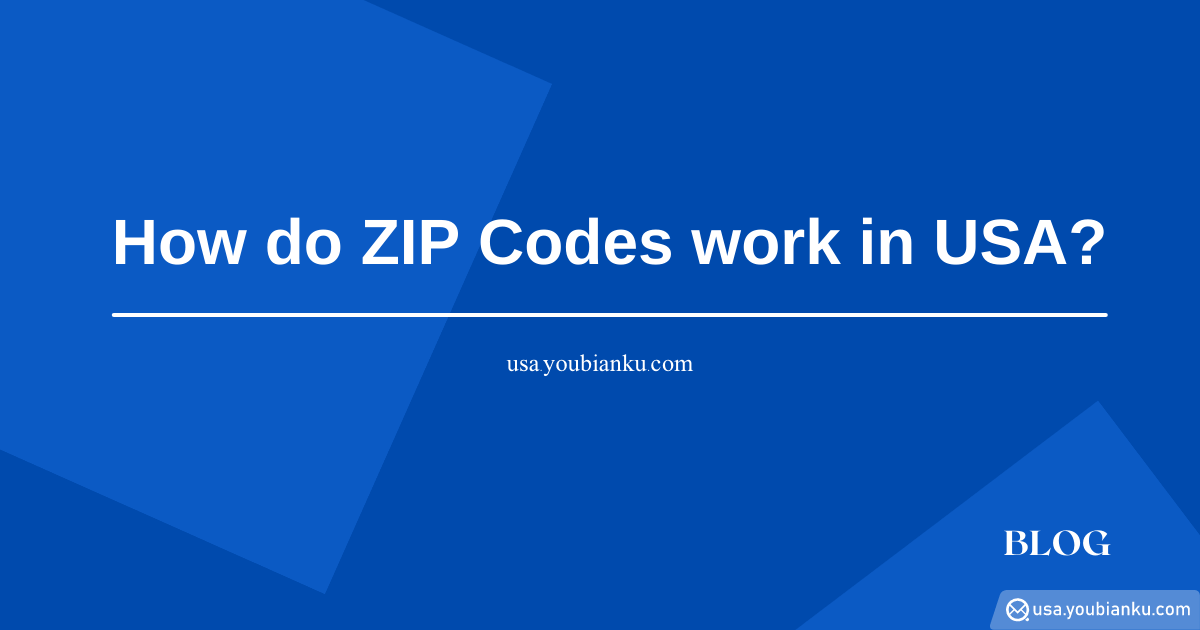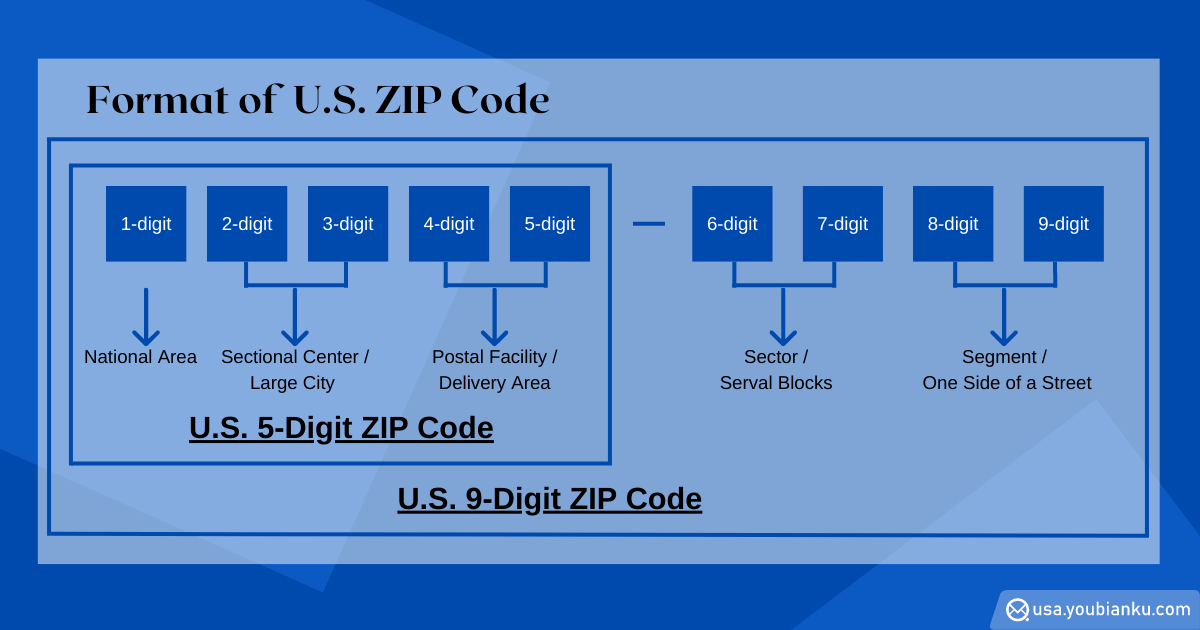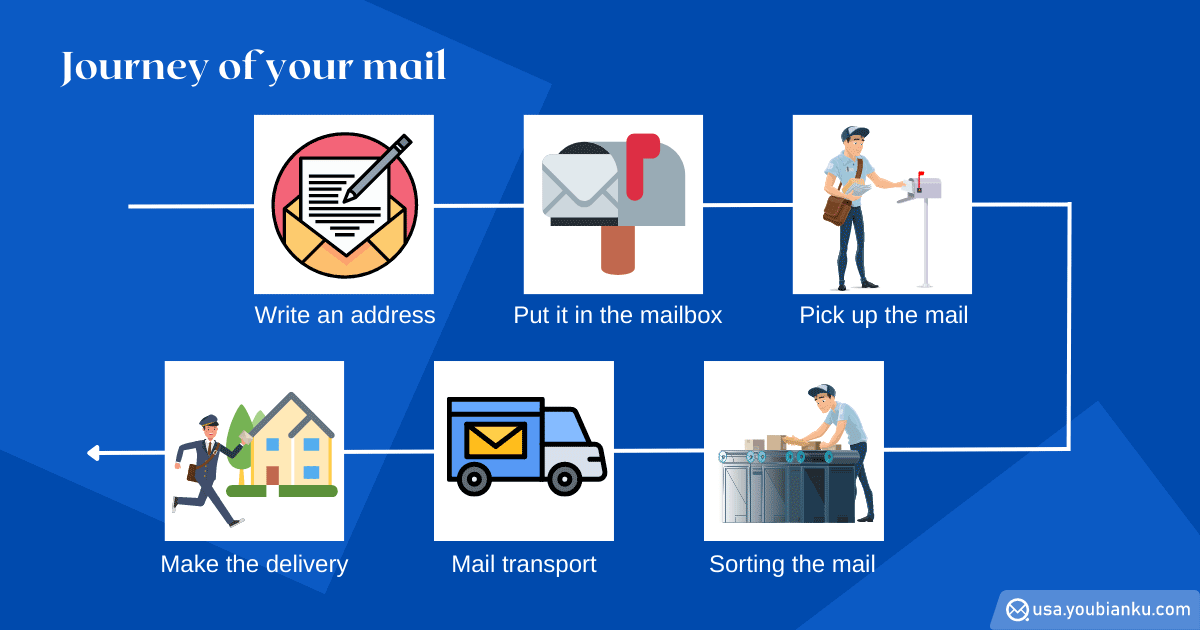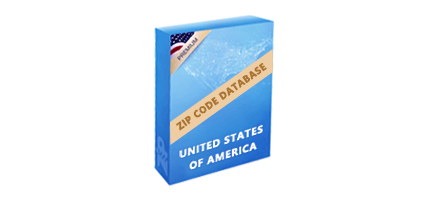This article provides an overview of ZIP codes, their history, and how they work in the United States. ZIP codes are alphanumeric codes assigned by the USPS to specific locations to aid in mail delivery and sorting. They were introduced in 1963 as an upgrade to the three-digit postal code system and have since been expanded to include a ZIP+4 code for greater accuracy in metropolitan areas.

Have you ever wondered about the story behind the numbers written on your envelopes when sending out your mail? It's time to look deeper into understanding and leveraging zip codes, as they are much more than just mere strings of digits. Let us take you through everything there is to know about them - from definitions of zip code, their history, and how they work in our everyday lives. Whether you’re a business owner looking for practical tips or an individual curious about these alphanumeric sequences, we’ve got all the info below!
What is the ZIP code?
A ZIP code (which stands for "Zone Improvement Plan code") is a postal code used in the United States of America to help identify a specific geographic location for mail delivery. ZIP codes consist of five digits (then with a four-digit extension), and are assigned by the United States Postal Service (USPS) to specific locations based on the postal delivery area. ZIP codes are used to help expedite mail delivery, reduce the risk of mail being misdirected, and make it easier to sort mail for delivery to specific locations.

The history of the ZIP code
The ZIP code system is developed by the United States Postal Service in 1963 to facilitate mail sorting. It was introduced as an upgrade from the then-current three-digit postal code system and aimed to improve productivity in the mail delivery process. This five-digit code contains information about which region and post office a piece of mail is being sent from, and eventually came to be known as "ZIP" (for Zoning Improvement Plan).
In 1983, an additional four digits were added to the existing five-digit ZIP code in order to provide more precise mailing addresses. The new code, known as ZIP+4 code, brings greater accuracy in sorting items within large metropolitan areas where multiple post offices serve a single area. While it has been updated over time with new features and expanded coverage, the basic concept behind the original ZIP remains unchanged: making it easier for people across America to receive their mail on time.
How do zip codes work in the USA?
First, you need to write the envelope in an appropriate format, and place it in your mailbox, public inbox, or post office. A postal carrier collects the mail and takes it to the mail processing sector where machines sort the mail by shape and size. The machines also ensure that packages are oriented correctly and imprint a postmark on your letter. A unique bar code is added to each piece of mail, which is scanned to read the address and sprayed on the envelope. If the scanner cannot read the address, the letter is sorted manually.
The bar codes on the mail direct the letters to process sectors based on ZIP codes, which indicate the location where the letter will be delivered. Each post office is served by a mail processing sector. Sorting machines at the processing plant read the bar codes and sort the letters by ZIP code. The trays are then transported to the next destination by plane or truck.
At the final station, sorting machines read the bar codes and sort the letters by the carrier and in delivery order. The letters are then taken to individual post offices, where carriers load the mail into their vehicles for final delivery.

Overall, ZIP codes are a critical aspect of life today. In addition to helping with mail delivery, ZIP codes are often used for other purposes, such as marketing, demographic research, and analysis of economic and social data. Many online forms and applications may ask for a person's ZIP code in order to tailor the information or services provided to their location.
Welcome to use usa.youbianku.com to search for a ZIP code!
 United States ZIP Code
United States ZIP Code






Comments
Creation of 32837 zip code
When was created the zip code 32837?
Reply to Rosario del pozo
We are very sorry that we cannot provide the information you are looking for. We recommend that you contact USPS or your local post office for consultation.
Add new comment